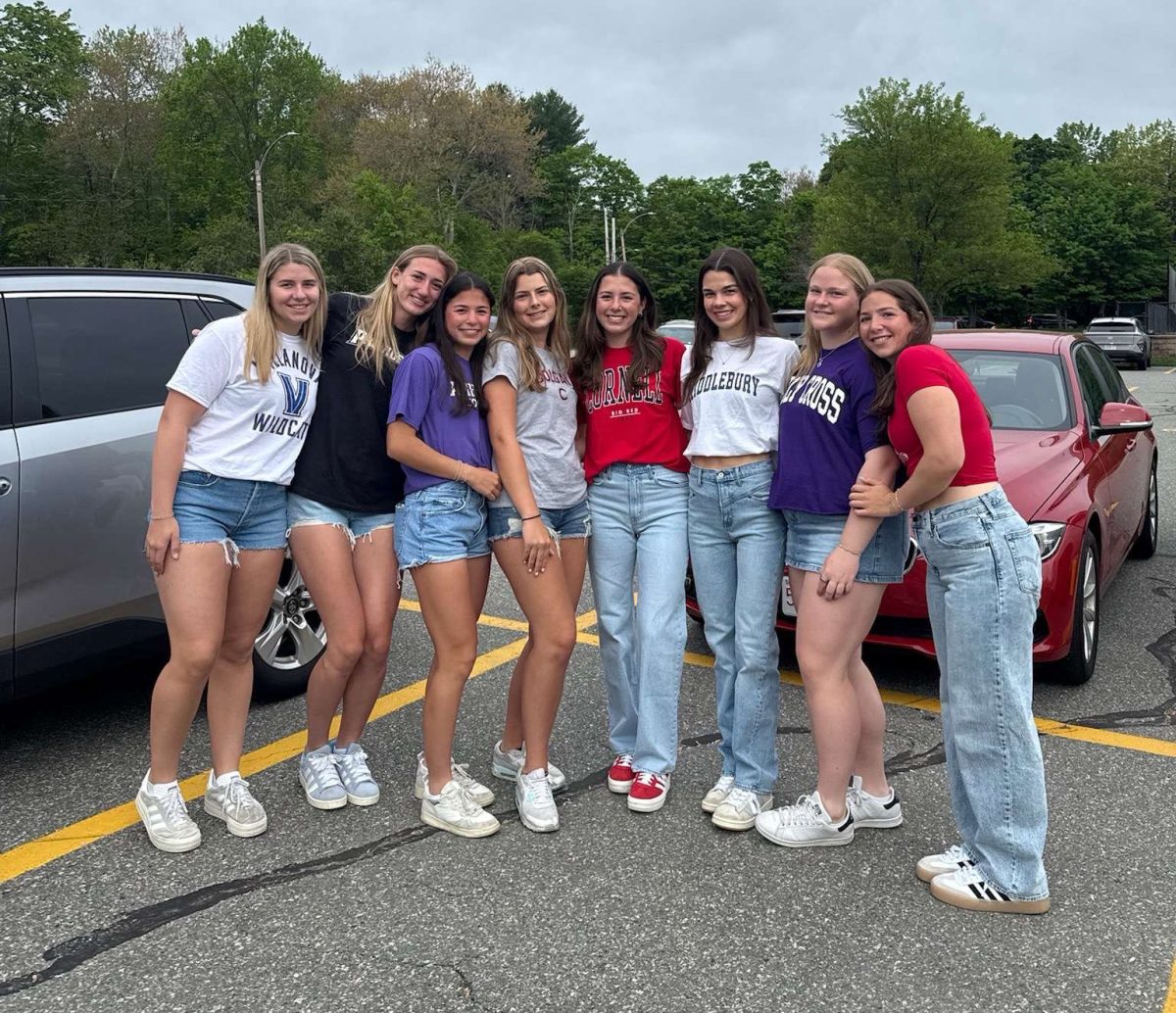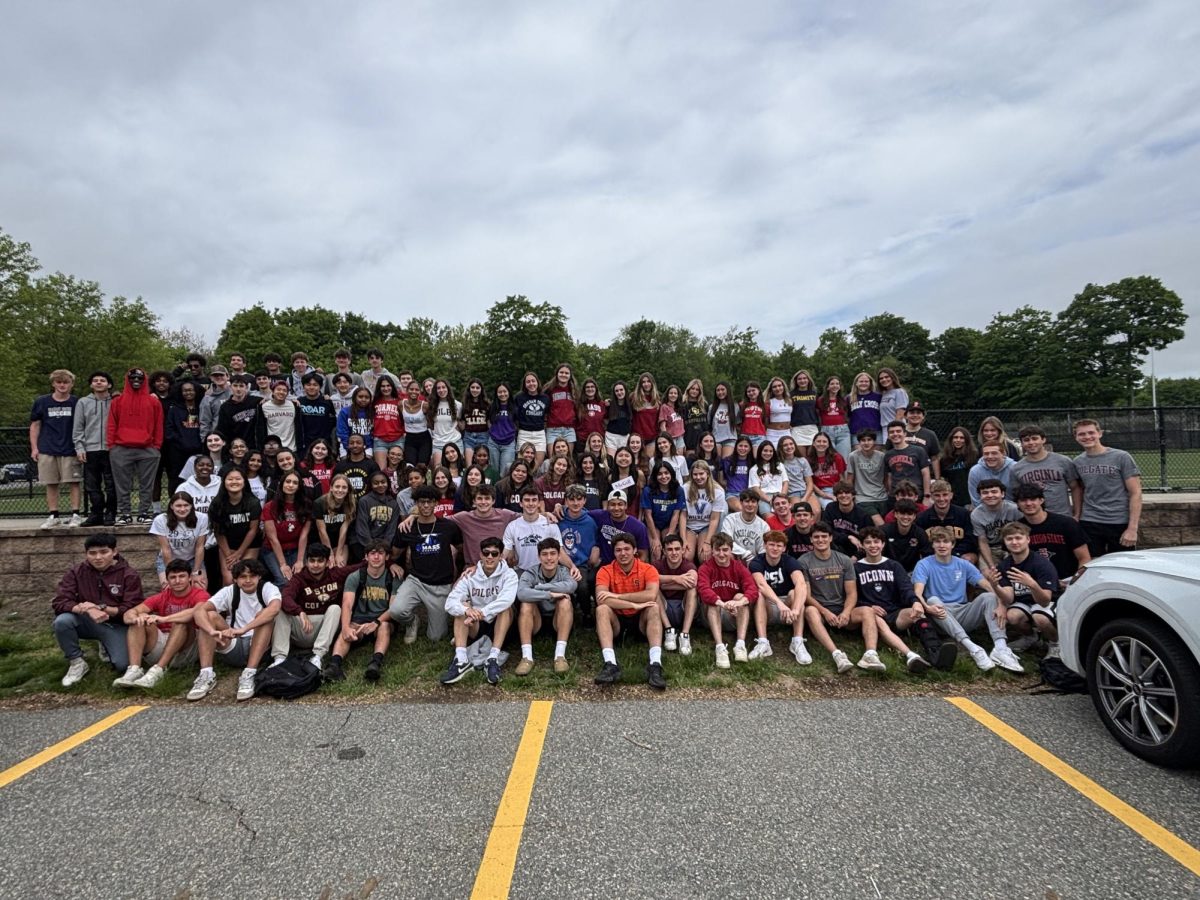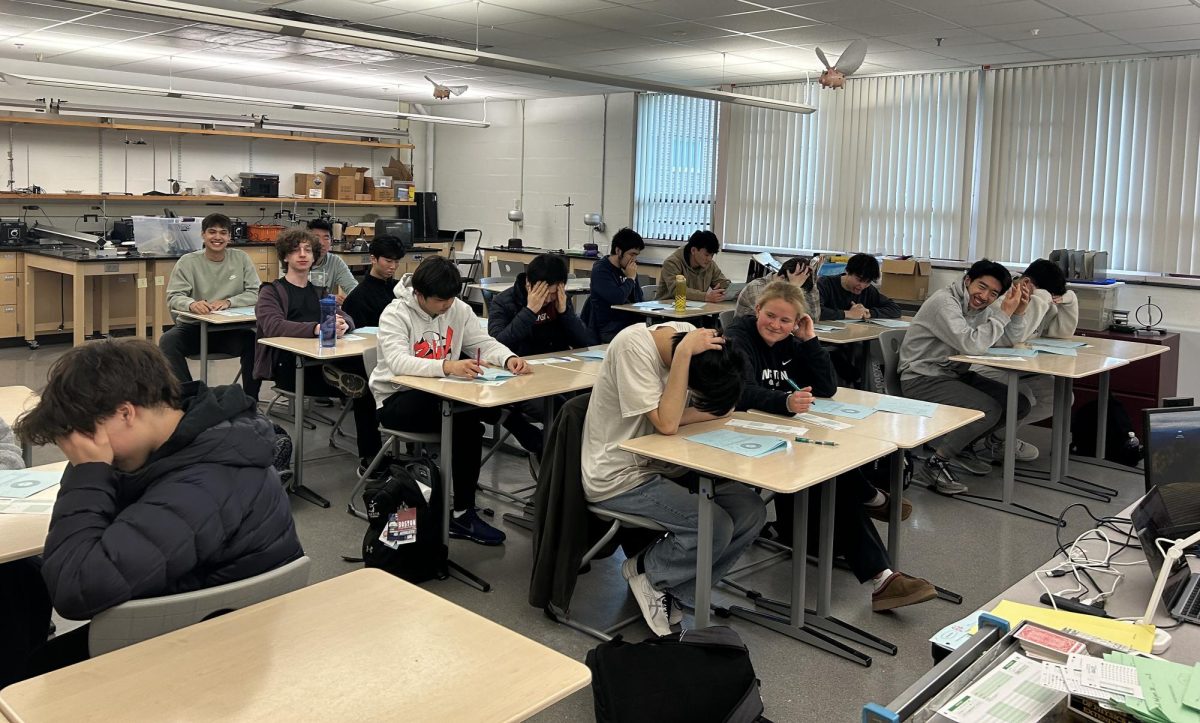Every cycle of college admissions comes with changes, whether those relate to the quantity of applicants colleges receive or the specific schools students are applying to. At WHS, there has been a recent shift beyond looking at only top institutions or well-known universities as students have widened their searches to also include some colleges in new regions that offer unique programs.
This year has seen a lot more students looking into smaller liberal arts colleges with applications concentrated to a handful of specific smaller colleges.
“There’s been a significant rise in popularity for liberal arts schools like Middlebury and Colgate,” said Afnan Rehan, senior at WHS.
There are notable differences between large universities and smaller liberal arts colleges that appeal to students, particularly when it comes to support systems and access to campus resources.
“A lot of smaller colleges have more resources allocated for students individually, like smaller class sizes, more one-on-one time with professors, and better academic advising,” said Lucas DeFilippo, senior at WHS.
A lot of these smaller schools have gained recent attention from word of mouth or connection to someone who enjoyed their experience there.
“I think part of what happens is students may go there and like it, so they report that back to their friends, siblings, or students [still in high school],” said guidance counselor Christopher Shanahan. “Naturally students will hear that and think that it would be a good place to go.”
In terms of location, while the Northeast is often praised for its prestigious colleges that provide students with elite education, the South has begun to attract many as well for various reasons.
In an article on toptieradmissions.com, author Maria Laskaris found that higher education expert Joe Selingo “…pointed out that these schools [in the South] have long been known for strong programs in engineering, business, and healthcare, but now they’re gaining national attention for their academic rigor and post-graduate opportunities.”
Social media is also driving interest in some formerly lesser-known schools as it is a prominent force that can provide a more personal lens into which college to choose.
“A lot of my friends saw TikTok edits [about different colleges], which I feel has become popular,” said senior Sophia Simmons.
In addition, students and their families can use social media as a good resource to learn from other people’s college choice experiences.
“People are sharing a lot of their final decisions and ideas on social media, and this generation does get easily influenced by social media,” said DeFilippo. “I think this is also a factor contributing to the increase of interest in smaller colleges since their benefits are getting noticed more often.”
With acceptance rates of prestigious colleges going down, there has also been interest in looking at some larger schools that have a wide array of strong programs and supportive environments that align with student’s goals.
“With how competitive top schools have gotten, it makes sense to look at other colleges that offer the same kind of academics and opportunities,” said Rehan. “I chose the University of Florida because it has an amazing engineering program and decent infrastructures.”
A further consideration for many beyond the curricular opportunities is finding a good fit for the non-academic side of the college experience.
“I realized that what matters most is finding a place where I’ll actually thrive—not just academically, but socially too,” said senior Fred Liu. “That mindset helped me explore schools I hadn’t even considered at first.”
When it comes to students making college decisions, guidance counselors also can offer support to students who are looking at less familiar colleges and universities.
“We generally help students choose their college based on their own preferences, in terms of location, courses, programs, sports and class size,” said Luke Townsend, counselor at WHS. “You don’t tell them where they should go, but we consider the pros and cons as well as walk through everything.”
Even though students receive advice from experts in the process, many take ownership of the final choice.
“Parents and counselors are definitely important in supporting and guiding students toward their preferred paths,” said DeFilippo. “But at the end of the day, it’s up to the students who decide which school to pick.”
That growing independence is a major factor in the shift in how students and their families define a “good” college, moving away from traditional rankings and prestige.
“I think that many families began to realize there are many great schools out there that are not just Ivy League schools, where you can get similar opportunities,” said Rehan. “People are expanding their visions of factors of a good school beyond reputation.”






